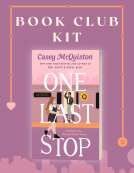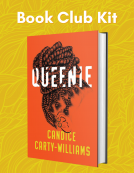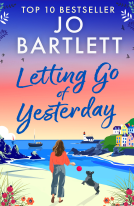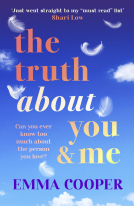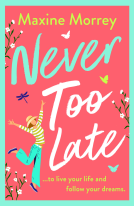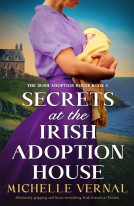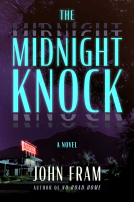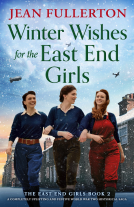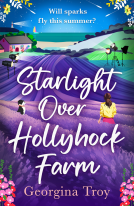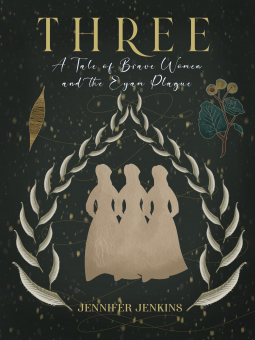
Three
A Tale of Brave Women and the Eyam Plague
by Jennifer Jenkins
This title was previously available on NetGalley and is now archived.
Send NetGalley books directly to your Kindle or Kindle app
1
To read on a Kindle or Kindle app, please add kindle@netgalley.com as an approved email address to receive files in your Amazon account. Click here for step-by-step instructions.
2
Also find your Kindle email address within your Amazon account, and enter it here.
Pub Date May 05 2021 | Archive Date Oct 30 2021
Talking about this book? Use #Three #NetGalley. More hashtag tips!
Description
In 1665 a box from London brought more than cloth from plague-ridden London to the quiet village of Eyam in Derbyshire. For the next year the villagers had to learn to live with a silent enemy.
Three tells the story of three very different women in their courageous attempts to keep themselves and their loved ones alive as Eyam closed its doors to the outside world, instead facing the malevolent danger alone. Emmott Syddall, Catherine Mompesson and Elizabeth Hancock were each determined to live and the courage each of them found was as unique as the women themselves. Will 1666 bring salvation?
This work of historical fiction, written during a pandemic whilst reflecting on another, fuses creative imagining with historical fact to bring three female protagonists to life.
Available Editions
| EDITION | Paperback |
| ISBN | 9798748183246 |
| PRICE | £11.00 (GBP) |
Average rating from 22 members
Readers who liked this book also liked:
We Are Bookish
Mystery & Thrillers, OwnVoices, Teens & YA
We Are Bookish
Literary Fiction, Multicultural Interest, Women's Fiction
We Are Bookish
Multicultural Interest, OwnVoices, Teens & YA
